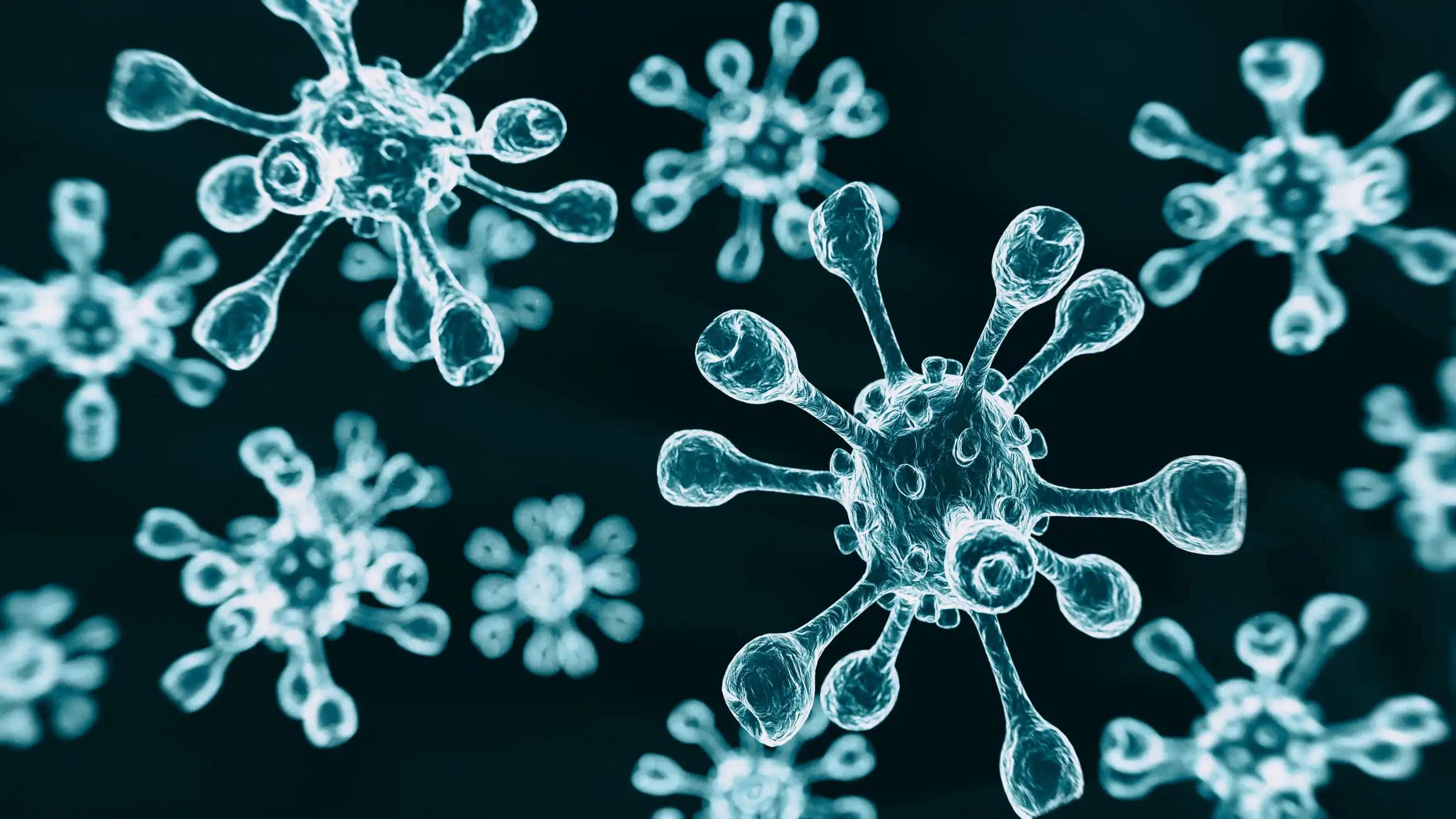KEY TAKEAWAYS
- The ANIMATE phase 2 trial aimed to evaluate the response to single-agent nivolumab in ASCT-fit patients with relapsed disease.
- The primary endpoint was overall response (OR) to 4-8 cycles.
- The results revealed nivolumab’s efficacy in ASCT-fit relapse, supporting PD1 inhibition despite some limitations. Further optimization is warranted.
Curative treatment for relapsed classical Hodgkin lymphoma (rCHL) involves chemotherapy to achieve complete metabolic response (CMR), followed by autologous stem cell transplant (ASCT) in eligible patients.
Graham Collins and the team aimed to evaluate the response to single-agent nivolumab in ASCT-fit patients who did not achieve CMR after 1st or 2nd line relapse treatment.
Adults with rCHL undergoing 1st or 2nd line relapse therapy were enrolled. After 2 cycles (or 2 for Brentuximab vedotin, BV), centrally reviewed FDG-PET-CT scans were conducted (PET0). Patients achieving complete metabolic response (CMR; Deauville 1-3, PET0-) received standard care. Those with Deauville 4-5 (PET0+) received 4 cycles of nivolumab 240mg every 2 weeks.
Patients with subsequent CMR or progressive disease (PD) discontinued treatment, while others continued with four additional doses. The primary endpoint was overall response (OR) to 4-8 cycles. Assuming an OR of 60%, 30 patients with at least 16 responses were required (1-sided alpha 0.1, 80% power). Secondary endpoints included overall survival (OS), progression-free survival (PFS), proportion receiving SCT, and safety.
About 78 eligible patients were enrolled in the study. Initial treatment consisted of A(B)VD in 60% of cases, with 10% having undergone escalated BEACOPP/BEACOPDac, 38% patients had primary refractory disease. The most frequently used 1st line relapse regimen was GDP in 57% of cases, followed by ifosfamide-containing regimens (IGEV and IVE) in 31% of cases. CMR rate to the 3 most commonly used 1st line regimens was: GDP 45.5%, IGEV 45.5%, and IVE 72.7%.
The study registered 11 participants during 2nd line relapse treatment, with BV +/- bendamustine being the most common regimen (70%). Patients (n=76) underwent per protocol PET0, with 50% being PET0+, 31 patients received nivolumab, with a median age of 33 years, 58% being male, and 13% having undergone 2nd line relapse treatment. The data showed that 13 patients achieved CMR or partial metabolic response to nivolumab, resulting in an OR of 41.9% (80% CI: 29.7–55.0; CMR 25.8%).
With a median follow-up of 29 months, the 2-year PFS rate was 66.2% (95% CI: 45.9–80.3). Partly due to the strict definition of progression, eleven patients with inadequate response received further treatment pre-progression, resulting in a 2-year failure-free survival rate of 38.1%. About 25 out of 31 nivolumab-treated patients received SCT, with 15 undergoing ASCT and 10 undergoing allogeneic SCT (3 PFS events; median follow-up from SCT 29.7 months).
The 2-year OS rate was 91.9% for all registered patients, with rates of 94.6% in the PET0- group and 87.4% in the PET0+ group (nivolumab cohort: 90.0%), 6 of 78 registered patients died, with three deaths occurring in the nivolumab cohort, all post-progression.
Among the 10 patients receiving chemotherapy/BV after nivolumab, 6 achieved CMR upon response assessment. Of the 4 patients refractory to all prior chemotherapy, 2 achieved CMR and 1 achieved PMR to post-nivolumab chemotherapy. Patients (28%) experienced grade 3 adverse events, with neutropenia and line infection being the most common (6% grade 3 each) AND 3 patients experienced immune-related reactions: 1 case of grade 2 uveitis and 2 reports of grade 1 hyperthyroidism.
The study concluded that in the 2nd or 3rd line relapse setting for patients who were ASCT-fit, the primary endpoint was not achieved, with an OR lower than that reported in other studies, indicating that single-agent PD1 inhibition may not be the most effective strategy.
Nonetheless, the encouraging 2yOS of 90% suggests potential benefits, likely attributed to the high response rates post-nivolumab, even among patients who had previously failed to respond to treatment, indicating a possible chemosensitizing effect. Nivolumab was well tolerated, with no high-grade immune-related reactions observed.
Further research is necessary to optimize outcomes in this setting, but these findings underscore the importance of PD1 inhibition as a crucial component of the treatment pathway for rCHL. Although non-randomized, the data indicated the highest response rates to IVE as 1st relapse chemotherapy.
The trial was sponsored by the University College, London.
Clinical Trial: https://clinicaltrials.gov/study/NCT03337919
Collins G, Kirkwood A, Tyson C, et al. (2024). “NIMATE: A UK PHASE II PET RESPONSE-ADAPTED TRIAL OF NIVOLUMAB IN RELAPSED / REFRACTORY CLASSICAL HODGKIN LYMPHOMA.” Presented at EHA 2024. (P1095)



